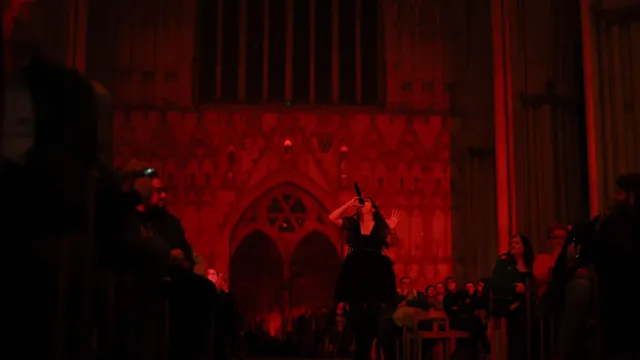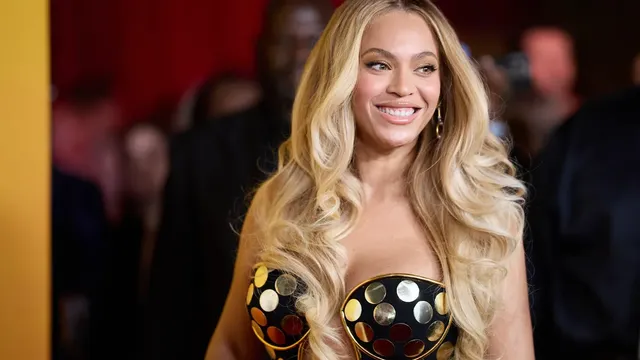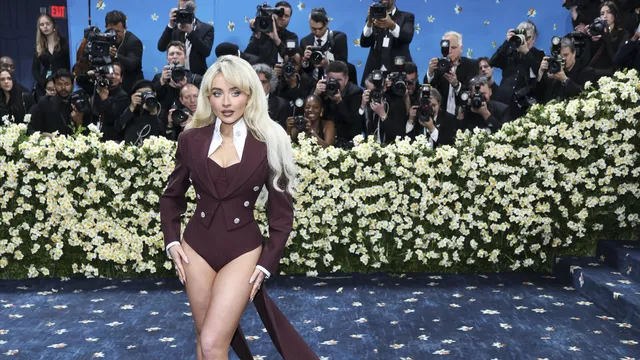Artistic transgression and the deliberate cultivation of tangible danger for both the performer and the audience have been part of music for longer than you might think, according to Far Out. Before GG Allin's self-mutilation covered in feces, Skinny Puppy's cyber-theatrical performances, or Throbbing Gristle's dark magic in the industrial underground, there was “dangerous music.” —an avant-garde experiment that sought to deliver intense risk in both practice and theory.
Embracing the idea that some compositions can or should pose a risk to health, artists and academics involved in “dangerous music” are fully aware that selected works may never be heard or performed live, lest they be prosecuted for incitement to murder.
Its origins can be traced back to the transnational Fluxus movement, which shook the art world in all disciplines in the 1960s, bringing together radicals such as George Brecht, Yoko Ono, John Cage, and Nam June Paik. Building on the subversive destructive power of Dadaism on traditions and aesthetics in art, Pike is known for placing severed cow heads at the entrance to his exhibitions in the early 1960s.
“People who come to my concerts or look at my objects must be transported to another state of consciousness,” Pike said. “They must be in a state of euphoria. And to bring them to that state of exaltation, a little shock is necessary...”
Similarly, Japanese composer Takehisa Kosugi fueled “dangerous music” during the heyday of Fluxus. Inspired by jazz and orchestral arranger Toshi Ichiyanagi, Takehisa began incorporating everyday objects into his live performances, accompanying the radical left-wing art group Hanzaisha Domei with unconventional noise bordering on proto-industrial. He also made a decisive entry into the world of scandalous conceptual works with his 1964 piece Music for a Revolution, which consists simply of instructions to “take out one of your eyes in five years and do the same with the other eye five years later.”
Takehisa's example continues in punk, which includes a new generation of artists eager to break down the boundaries between performance and danger, deliberately increasing the volume to punish the audience, or even throwing small explosives into the crowd. Yamantaka Eye's noise project, Hanatarash, is known for requiring ticket holders to sign liability waivers before entering the venue, and there are even reports of the artist driving a backhoe through the back walls.
The metal band GISM also enjoyed violence, with frontman Sakei Yokoyama known for running through the terrified crowd with a chainsaw and setting off a flamethrower in the front row. The band is shrouded in a fog of legends, which adds to the dangerous element of Fluxus. Stories of death threats against employees at music stores selling illegal T-shirts or of fans being stabbed for photographing Yokoyama are an integral part of GISM's violent mystique.
Today, the banner of “dangerous music” is carried by Australian Lucas Abela, known as Justice Yeldham. Originally a DJ and influenced by free jazz, Abela began crafting instruments from glass plates equipped with microphones and attached to effects pedals. By breaking and manipulating the glass with his mouth, he produces eerie and dissonant sounds, which are usually accompanied by lacerations and profuse bleeding all over his musical instrument of destruction. |BGNES

 Breaking news
Breaking news
 Europe
Europe
 Bulgaria
Bulgaria







